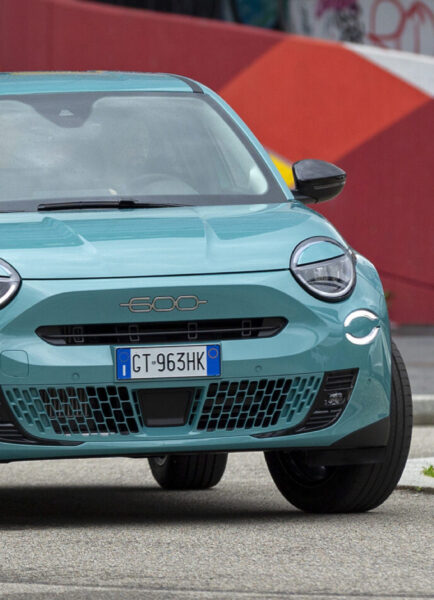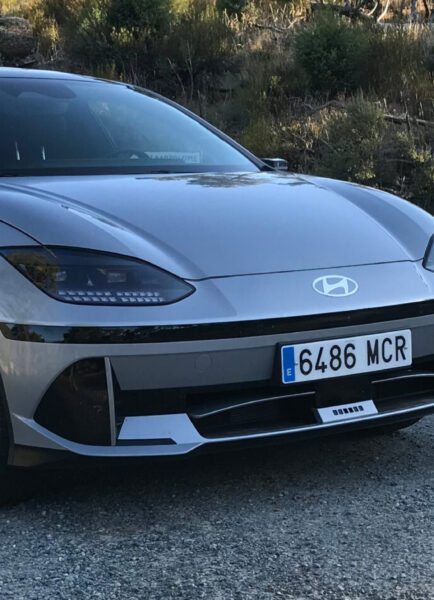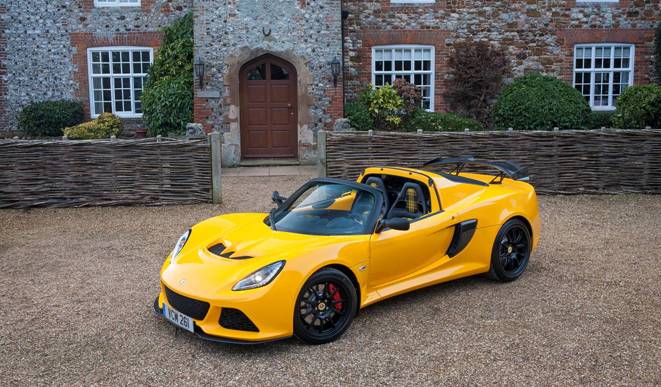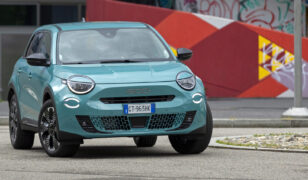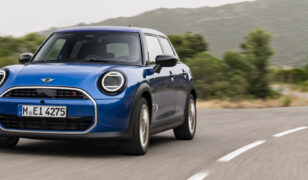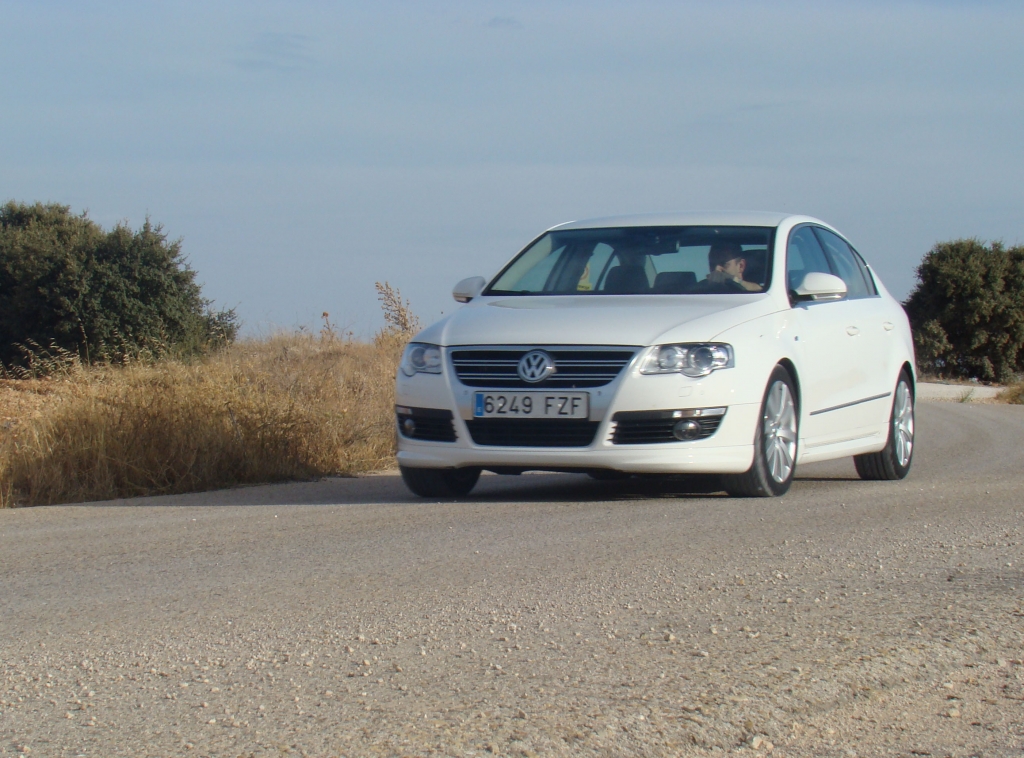Having slashed a substantial 207 kg from its cars this year alone, Lotus remains the leader in the engineering of lightweight, high performance supercars.
From the iconic Elise, through to the hypercar humbling 3-Eleven, every Lotus benefits from the company’s approach to engineering in lightness at every stage of design and construction. With its heaviest model weighing in at just 1,395 kg, it’s still streets ahead of rivals.
With a heritage of efficient design, no other car manufacturer can claim a better track record when it comes to honing road and race cars. In its 68th year, Lotus still remains true to the ethos of the company’s founder Colin Chapman, and his approach to design and construction.
Leading the field in advanced construction techniques and technology, it has continuously strived to push boundaries. The names Chapman and Lotus remain two of the most important names in the evolution of automotive design with many innovations, including the GRP monocoque in the Lotus Elite, and the bonded aluminium chassis in the Elise. Lotus was also the first company to introduce a Formula 1 car constructed from carbon fibre.
Today, Lotus cars are developed through the company’s Lightweight Laboratory concept. Far more than just a part of the famous Hethel factory, this philosophy has grown to provide a framework for evaluating every component. Viewing components in isolation, as well as part of a sub-assembly and even the car as a whole, it allows each to be assessed, optimised and re-engineered. This approach means that each car represents the epitome of Lotus’ “light is right” approach.
Why light is right
Jean-Marc Gales, CEO of Group Lotus plc, sees the company’s approach to engineering as its biggest strength. “We’re not concerned with following other car manufacturers. Innovation comes from taking a new approach, and we don’t stop looking. Colin Chapman famously said, ‘Adding power makes you faster on the straights, subtracting weight makes you faster everywhere,’ and that thinking has become part of our DNA.”
He continued, “To perfect a pure sports car, you must consider weight your enemy. Lose weight and you will make significant gains: harder and faster cornering, better braking, greater agility and responsiveness, along with faster acceleration.”
Looking at a car holistically allows for all redundant weight to be removed, with every part serving a purpose. This includes the use of carbon fibre which, rather than included to just boost kerb appeal, must produce tangible benefits.
Far more than just boosting straight-line performance, reducing a car’s kerb weight allows for the correct calibration of the suspension. This allows sharper handling, and better body and roll control, but not at the expense of ride comfort and composure. The overall reduction of weight also allows for optimised weight distribution, a huge contributor to the poise and balance of a sports car during high-speed cornering.
Proving this principle, Lotus’ aluminium vehicle chassis technology is still considered the benchmark within the automotive industry. Utilising strong and stiff extruded and bonded aluminium sections the simplicity off the tub construction belies its benefits.
Able to employ lightweight extrusions, joined by epoxy adhesive, it’s immensely strong and torsionally stiff, yet the chassis for the Elise and the Exige tips the scales at just 68 kgs.
Not only is this roughly half the weight of an equivalent steel chassis, it’s also substantially simpler to produce than a similar weight carbon fibre alternative and easier to adapt to the requirements of specific models.
As an antidote to sterilised and attenuated modern cars, Lotus’s approach continues to deliver a pure, undiluted driving experience. Avoiding systems that rob cars of their fun factor, including electric power steering, it places function over convenience, to produce truly involving vehicles. Its latest models continue the Lotus approach to light is right engineering.
With a kerb weight of just 1,325 kg, the Lotus Evora Sport 410 cuts 70 kg from the Evora 400 and draws heavily on Lotus’s experience with carbon fibre.
This includes a one-piece carbon tailgate, replacing five separate components on the previous version into one and saving 10 kg. Another 10 kg was saved by fitting a Li Ion battery, while the 6 kg was shed though the addition of carbon sports seats.
The Lotus Exige Sport 350 weighs just 1125 kg and every detail of this latest version was reconsidered in order to save weight and deliver a superior car including a louvered tailgate (3 kg), a redesigned gearshift mechanism (3 kg), a revised subframe (3 kg) and enhanced body panels (12 kg), resulting in a lower centre of gravity and further track-honed handling. Optional carbon composite components shed a further 30 kg, so allowing the new roadster version of the Exige Sport 350 to weigh just 1,085 kg, a reduction of 91 kg compared to the previous Exige S.
The latest versions of the legendary Lotus Elise, the Sport and Sport 220 have become lighter and even more performance-orientated. Both have both seen a weight reduction of 15 kg, including the standard lightweight sports battery, saving 3.5 kg and optional forged wheels saving 5 kg, too.
The new Lotus Elise Cup 250 is the fastest road-going Lotus Elise ever, adding 26 hp and shedding 31 kg (with lightweight options) compared to the previous Elise Cup 220. Included as standard in the Elise Cup 250 are carbon seats saving 6 kg, ultra light forged wheels saving 1.5 kg and a Li-Ion battery dropping the weight by a further 10 kg. A carbon pack (carbon rear, wing, front splitter, rear diffuser and floor extenders of components) reduces the weight of the car by a further 10 kg.
For more information on Lotus expertise in lightweight sports cars, head to www.lotuscars.com
03-05-2016\\ Pruebatucoche



